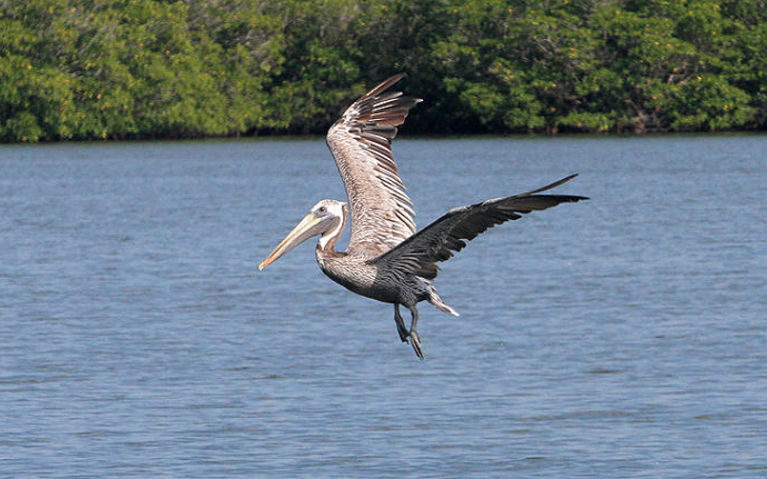
INDIAN RIVER COUNTY — In the latest of numerous efforts to form or re-tool regional organizations and agencies to address issues facing more than one county, the Indian River Lagoon National Estuary Program (IRLNEP) is re-organizing itself and the Indian River County Commission is not buying the plan.
Commissioner Bob Solari on Sept. 8 sent a letter to Maurice Sterling, interim director of the IRLNEP requesting numerous public records and asking pointed questions about the staffing and financing of the proposed re-organized agency.
The IRLNEP is part of the St. Johns River Water Management District and falls under Florida’s pubic records laws as a state entity.
Solari, who sits on a small sub-group that he said has been called the “designers” of the re-org plan — despite having very little input into the so-called design — chronicled four pages of concerns about and objections.
But he noted that his colleague, County Commission Chair Peter O’Bryan put it best when he said, “The whole thing seems a little sketchy” at the latest meeting of the Indian River Lagoon Collaborative.
“It is clear to me that at this time we are in no way prepared to go forward with an interlocal agreement,” Solari said. Without such an agreement outlining rights and responsibilities, Indian River County would not be an active participant in such an organization.
“We have not done even a small portion of the work necessary to believe there is a reasonable probability that a new organization has a better chance of success than the existing organization,” Solari wrote.
Solari summarized his three major concerns as a lack of financial information, a lack of goals and objectives or an analysis of why the current organization is not successful, and finally, the lack of discussion of the Comprehensive Conservation Management Plan for the Indian River Lagoon.
Solari said he was told the plan, on which the IRLNEP is framed, is “long in the tooth” and needs an overhaul in the next two years. In light of that, Solari requested the county draft a resolution or letter asking if the CCMP could be overhauled prior to a major re-organization of the agency.
Other concerns are conflicting statements Solari and O’Bryan had both heard related to staffing levels for the agency, general expenditures, scope of authority and where the funding would be coming from.
O’Bryan said his biggest fear would be only having one vote for Indian River County on the group’s governing board, being outvoted by agency bureaucrats and people from other counties and having to live with choices that were not right for Indian River County.
Specifically, O’Bryan said he wouldn’t want to only have one vote for something such as taking out millions of dollars in bonds, and then being tied to that liability even though Indian River County might be opposed to the spending.
Commissioner Wesley Davis, famous for his homespun idioms, said simply, “I smell a rat.”
Commissioners cautioned the staff that, if grant funding were to be funneled down through the new IRLNEP and Indian River County does not sign on, to be on the lookout for potential roadblocks in getting that money.
Solari said he would report back if he receives any of the financial records or other correspondence that he asked for, and commissioners agreed that the County should send off an official document to the IRLNEP formally reflecting the Board’s objections on behalf of taxpayers.



